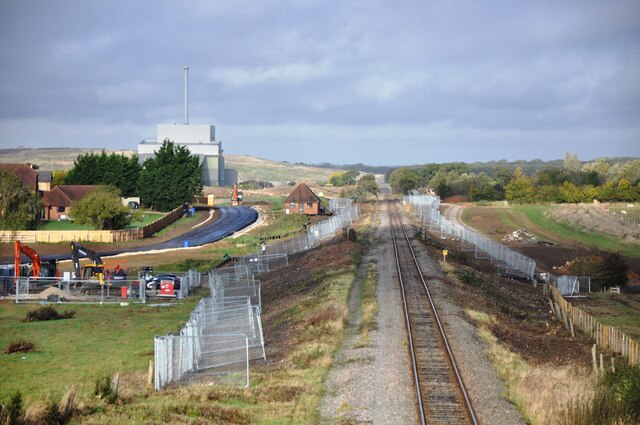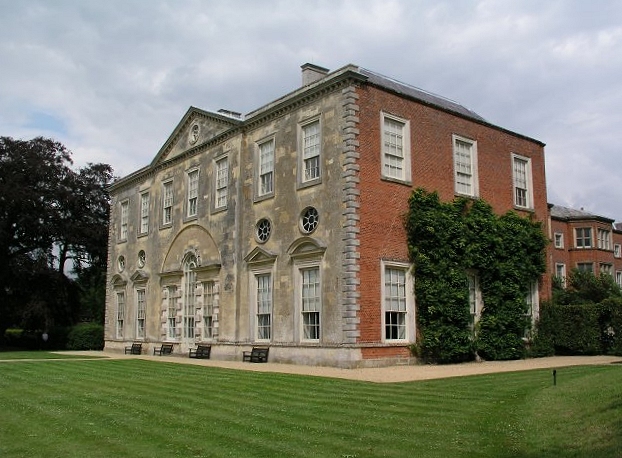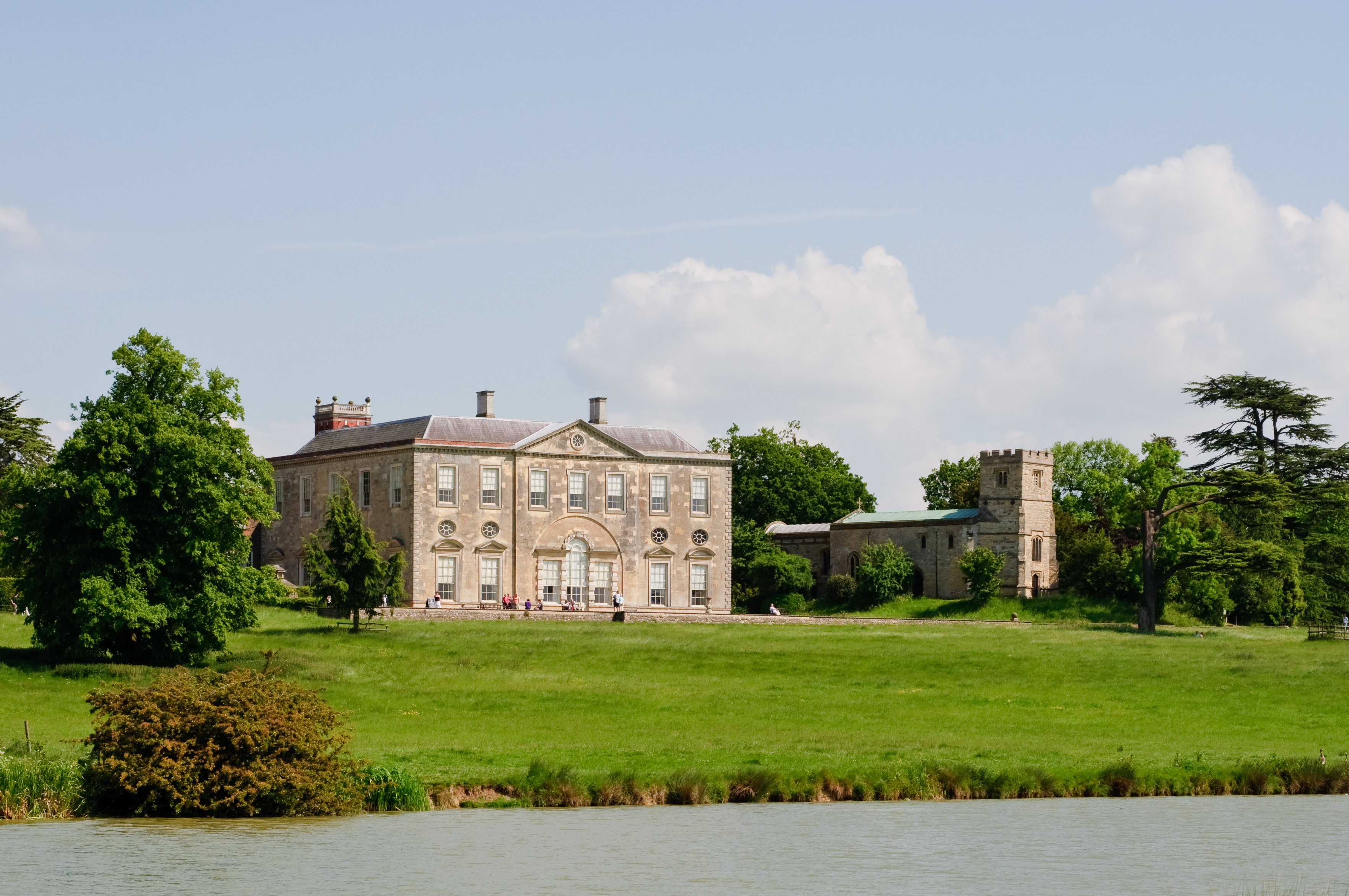Balmore Wood
Wood, Forest in Buckinghamshire
England
Balmore Wood

Balmore Wood is a picturesque forest located in the county of Buckinghamshire, England. Covering an area of approximately 100 acres, this woodland is a haven of natural beauty and tranquility. It is situated near the small village of Balmore, hence the name.
The forest is predominantly composed of deciduous trees, including oak, beech, and ash, which provide a dense canopy that filters the sunlight and creates a cool and shady environment. The forest floor is covered in a thick layer of leaf litter, moss, and ferns, creating a rich and diverse habitat for various species of flora and fauna.
Balmore Wood is home to a wide range of wildlife, including deer, badgers, foxes, and numerous bird species. The forest's proximity to water sources, such as streams and ponds, also attracts amphibians and reptiles, adding to the biodiversity of the area.
The wood offers several walking trails, allowing visitors to explore its natural wonders and enjoy the peaceful atmosphere. These trails are well-maintained and signposted, making navigation easy for both locals and tourists.
In addition to its natural beauty, Balmore Wood is also of historical significance. It has been mentioned in historical records dating back several centuries, and remnants of ancient settlements can be found within its boundaries.
Overall, Balmore Wood is a true gem of Buckinghamshire, offering a sanctuary for nature lovers and history enthusiasts alike. Its serene ambiance and diverse ecosystem make it a must-visit destination for anyone seeking to reconnect with nature in this charming corner of England.
If you have any feedback on the listing, please let us know in the comments section below.
Balmore Wood Images
Images are sourced within 2km of 51.901821/-0.95829382 or Grid Reference SP7123. Thanks to Geograph Open Source API. All images are credited.







Balmore Wood is located at Grid Ref: SP7123 (Lat: 51.901821, Lng: -0.95829382)
Unitary Authority: Buckinghamshire
Police Authority: Thames Valley
What 3 Words
///cringe.loudly.prank. Near Steeple Claydon, Buckinghamshire
Nearby Locations
Related Wikis
Finemere Wood
Finemere Wood is a 45.7-hectare (113-acre) biological Site of Special Scientific Interest near Quainton in Buckinghamshire. It is managed by the Berkshire...
Sheephouse Wood
Sheephouse Wood is a 56.9-hectare (141-acre) biological Site of Special Scientific Interest east of Charndon in Buckinghamshire.The site has ancient pedunculate...
Botolph Claydon
Botolph Claydon is a hamlet in the civil parish of East Claydon, in Buckinghamshire, England. It is situated about 9 miles (14 km) east of Bicester in...
Hogshaw Nunnery
Hogshaw Nunnery was a nunnery in Hogshaw, Buckinghamshire, England. In the 15th century it became the Hogshaw Commandery, associated with the Knights Templar...
Claydon House
Claydon House is a country house in the Aylesbury Vale, Buckinghamshire, England, near the village of Middle Claydon. It was built between 1757 and 1771...
Shipton Lee
Shipton Lee is a hamlet and former civil parish, now in the parish of Quainton, in the county of Buckinghamshire, England. In 1881 the parish had a population...
Middle Claydon
Middle Claydon is a village and civil parish in Buckinghamshire, England. The village is about 5 miles (8 km) south of Buckingham and about 3.5 miles...
Hogshaw
Hogshaw is a civil parish within Aylesbury Vale district in Buckinghamshire, England. It comprises the two ancient villages of Hogshaw and Fulbrook, although...
Nearby Amenities
Located within 500m of 51.901821,-0.95829382Have you been to Balmore Wood?
Leave your review of Balmore Wood below (or comments, questions and feedback).

















